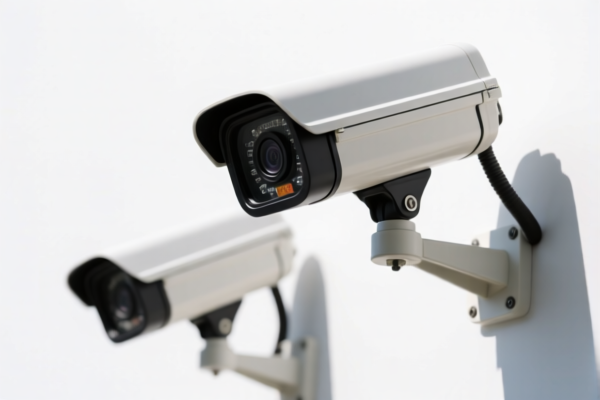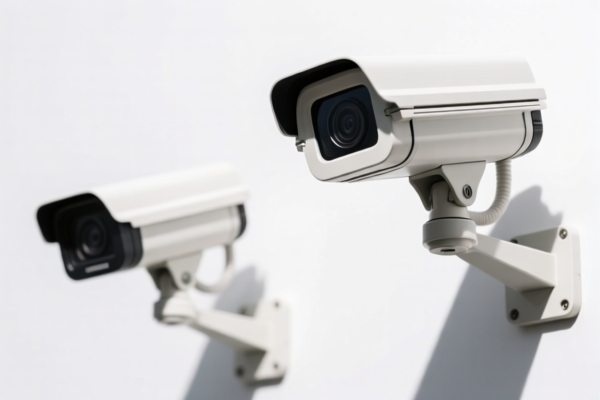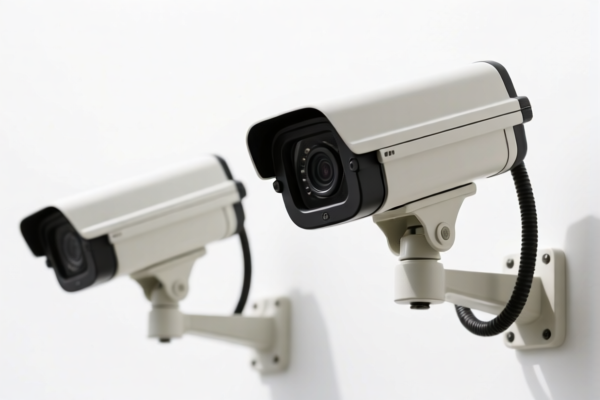| HS Code | Official Doc | Tariff Rate | Origin | Destination | Effective Date |
|---|---|---|---|---|---|
| 9031497000 | Doc | 55.0% | CN | US | 2025-05-12 |
| 9030100000 | Doc | 55.0% | CN | US | 2025-05-12 |
| 9030908400 | Doc | 55.0% | CN | US | 2025-05-12 |
| 9028900080 | Doc | 55.0% | CN | US | 2025-05-12 |
| 9028900040 | Doc | 55.0% | CN | US | 2025-05-12 |
| 8526100020 | Doc | 55.0% | CN | US | 2025-05-12 |
| 8526100040 | Doc | 55.0% | CN | US | 2025-05-12 |
| 8543708000 | Doc | 55.0% | CN | US | 2025-05-12 |
| 8543708800 | Doc | 30.0% | CN | US | 2025-05-12 |




Hidden Camera Detectors
Hidden camera detectors are devices or methods employed to locate surreptitiously installed cameras, microphones, and other recording equipment. They are utilized to ensure privacy in various settings, identify potential surveillance, and prevent unauthorized recording.
Materials & Technology
Detectors employ a range of technologies:
- Radio Frequency (RF) Detectors: These identify wireless camera transmitters by detecting radio frequency signals emitted by the devices. They operate by scanning a broad spectrum of frequencies. Sensitivity and the range of frequencies scanned vary between models.
- Lens Detectors (Optical Detectors): These use bright LEDs to illuminate a room, reflecting off camera lenses. The reflected light is visible through the detector's viewfinder or display as bright points, indicating potential camera locations.
- Digital Signal Detectors: More advanced models analyze digital signals and can identify cameras connected to Wi-Fi networks or transmitting data digitally.
- Infrared (IR) Detectors: Cameras often utilize infrared illumination for night vision. IR detectors locate these emissions, revealing camera presence, though ambient IR sources can create false positives.
- Thermal Detectors: These detect heat signatures emitted by electronic components within hidden cameras.
- Combination Detectors: Many devices integrate multiple detection methods for increased accuracy and reliability.
Purpose
- Privacy Protection: The primary function is to safeguard personal privacy in locations like homes, hotels, rentals, and offices.
- Security Assessment: Used to identify vulnerabilities and potential surveillance threats.
- Legal Compliance: Ensure adherence to privacy laws and regulations regarding recording and surveillance.
- Counter-Surveillance: Employed by individuals concerned about being monitored.
Function
Detectors function by:
- Scanning: Systematically searching an environment for signals, reflections, or emissions associated with hidden cameras.
- Alerting: Providing visual, auditory, or vibrational alerts when a potential camera is detected. Alerts vary based on the strength and type of signal detected.
- Locating: Assisting in pinpointing the precise location of the hidden device, often with signal strength indicators.
- Filtering: More advanced models attempt to filter out false positives from common electronic devices.
Usage Scenarios
- Hotels/Rentals: Checking rooms for hidden cameras before occupancy.
- Private Residences: Regularly scanning homes for potential surveillance.
- Offices/Conference Rooms: Ensuring privacy during sensitive meetings.
- Airbnbs/Vacation Homes: Verifying the absence of recording devices.
- Changing Rooms/Restrooms: Investigating concerns about privacy violations.
Common Types
- RF Signal Detectors: Basic and widely available, suitable for detecting wireless cameras.
- Lens Detectors: Effective for identifying cameras with reflective lenses.
- Combination RF & Lens Detectors: Offer a broader range of detection capabilities.
- Digital Camera Detectors: More sophisticated, capable of identifying cameras connected to networks.
- Smartphone-Based Detectors: Utilize a smartphone's camera and sensors, often employing algorithms to detect camera lenses or analyze network traffic. Accuracy can vary significantly.
- Professional-Grade Detectors: Advanced devices used by security professionals, offering high sensitivity and accuracy. Often include features like frequency analysis and signal mapping.
Hidden camera detectors are instruments used for measuring or checking electrical quantities, or detecting ionizing radiations. Based on the provided reference material, the following HS codes may be relevant:
-
9030.10.00.00: This HS code falls under Chapter 90 – Instruments and apparatus which measure or check electrical quantities, excluding meters of heading 9028; instruments and apparatus for measuring or detecting alpha, beta, gamma, X-ray, cosmic or other ionizing radiations. Specifically, it covers Instruments and apparatus for measuring or detecting ionizing radiations. This could apply if the detector identifies cameras through radiation emitted.
-
8543.70.80.00: This HS code is categorized under Chapter 85 – Electrical machines and apparatus, having individual functions, not specified or included elsewhere in this chapter; parts thereof. It covers Other machines and apparatus: Other: Microwave amplifiers. If the hidden camera detector utilizes microwave technology for detection, this HS code may be applicable.
-
8543.70.88.00: This HS code also falls under Chapter 85 – Electrical machines and apparatus, having individual functions, not specified or included elsewhere in this chapter; parts thereof. It covers Other machines and apparatus: Other: Electrical machines with translation or dictionary functions; video game console controllers which use infrared transmissions to operate or access the various functions and capabilities of the console. If the detector uses infrared technology, this HS code may be relevant.
It is important to note that the final HS code classification depends on the specific functionality and technical characteristics of the hidden camera detector.
Customer Reviews
No reviews yet.